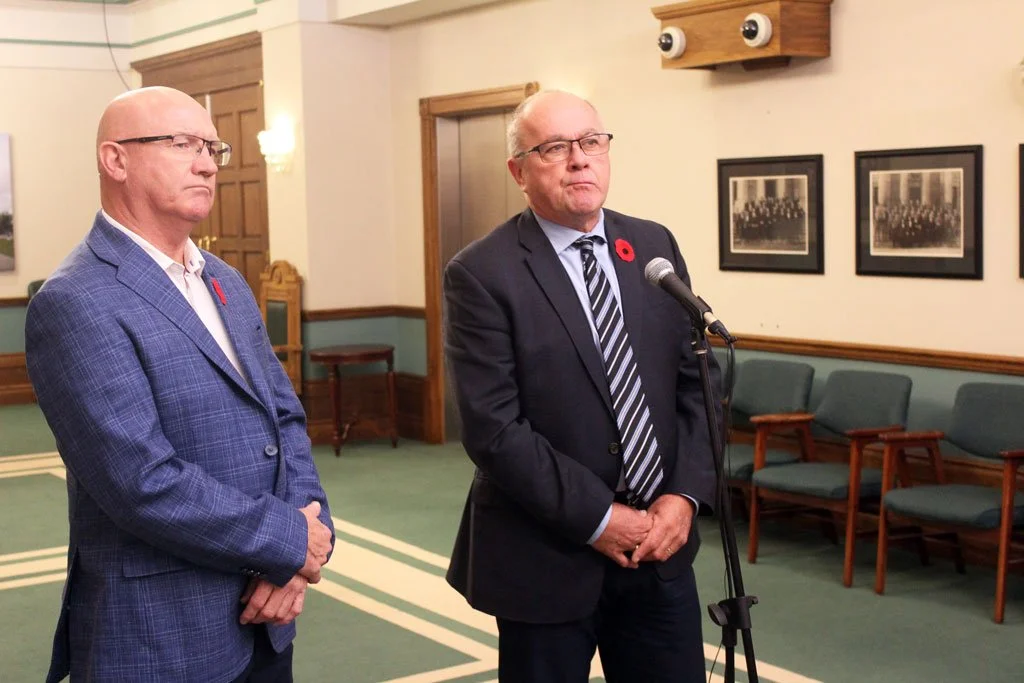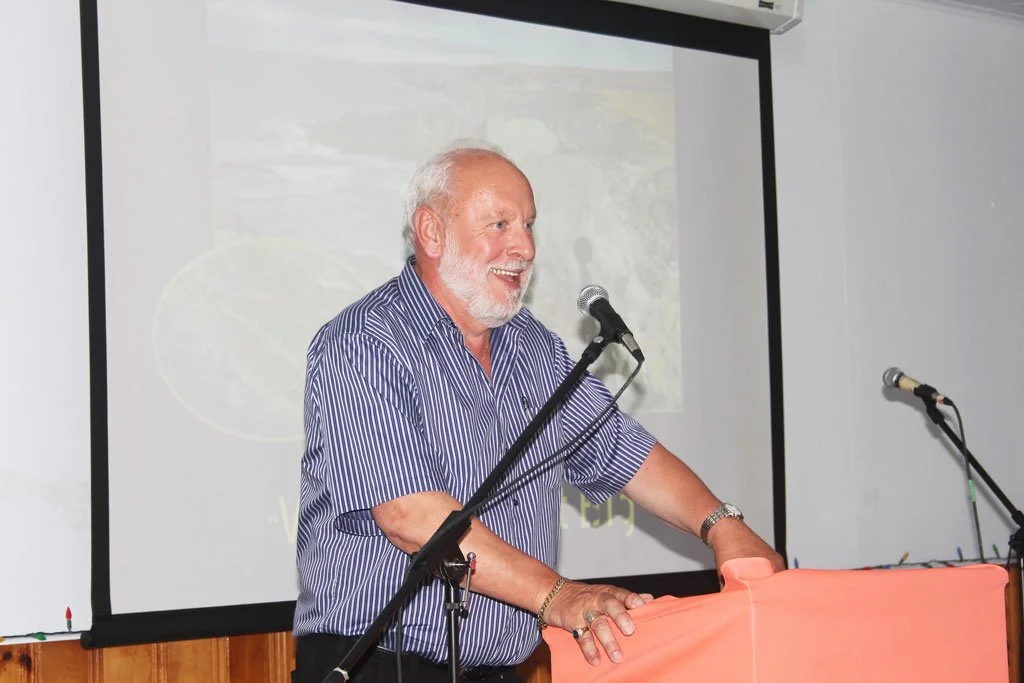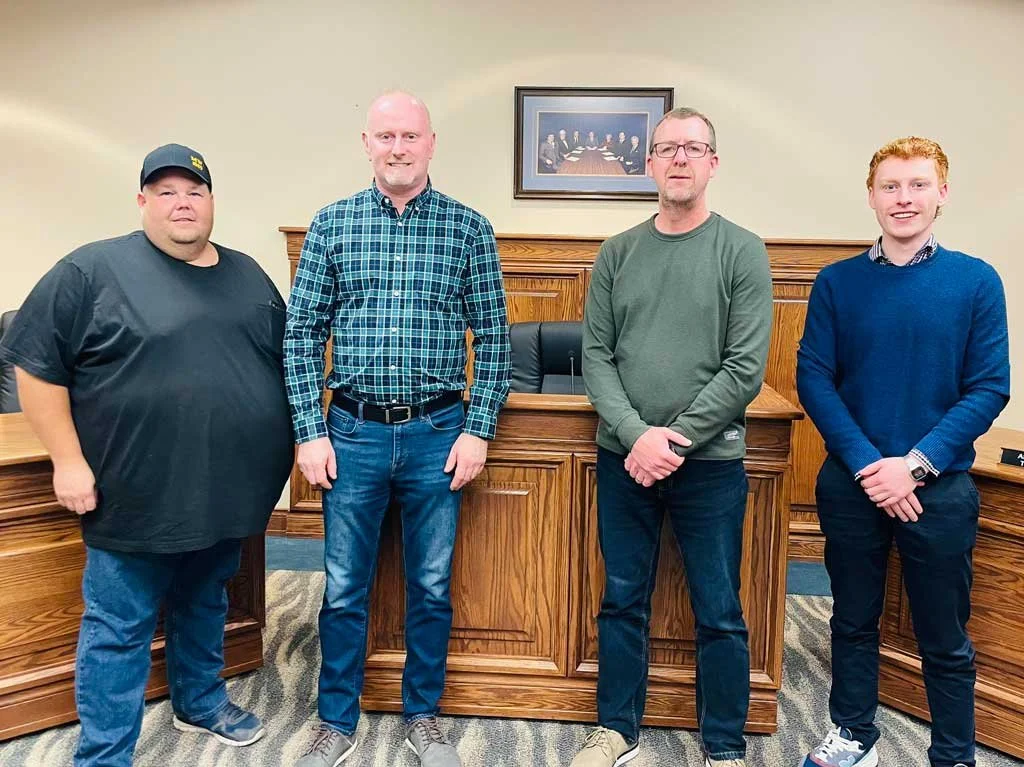By Mark Squibb
Members of Bay Bulls council may have avoided being visited by the Ghosts of Christmas Past, Present, and Yet to Come, after approving a number of donation requests during the November public meeting.
Firstly, council approved a donation of 55 vegetable hampers for the local Knights of Columbus at a cost of $18 per hamper, for a total of $990.
“Young families and seniors alike have received these hampers over the years,” said Town Manager Ashley Wakeham. “It’s quite needed at this time of year. And it’s not just vegetables in the hamper; that’s just one part of the entire package that’s dropped off.”
Council agreed the donations would be especially welcomed given the closure of the Kinsmen Club food pantry in Witless Bay. The pantry was struck by vandals this past summer.
“This is a great thing for the Town to contribute to, for sure,” concluded Mayor Keith O’Driscoll, before the matter was put to a vote and approved unanimously.
Council also approved a donation to the Mobile Central High School Scholarship Fund. Council was initially set to approve a donation of $250 to be divided evenly among five students.
Deputy Mayor Jason O’Brien, however, suggested increasing the donation amount, noting the Town has held its donation amount steady over the years while the cost of living has increased.
Wakeham suggested increasing the donation to $375, meaning that each student would receive $75 rather than $50.
Council was agreeable to the suggestion, and the new donation total was approved.
Council also approved a donation of $400 for the annual ‘Kidmas’ event scheduled from December first to the fifth.
The Kidmas festival is hosted by the Bay Bulls Regional Lifestyle Centre and includes a number of kid-friendly Christmas events, concluding with the Town of Bay Bulls tree lighting ceremony. This year’s schedule of events is still in the works.
To cap off the festivities, council voted to once again host the annual ‘Light it Up’ challenge and announced $500 worth of local gift cards that will be handed out to residents who best decorate their homes.







